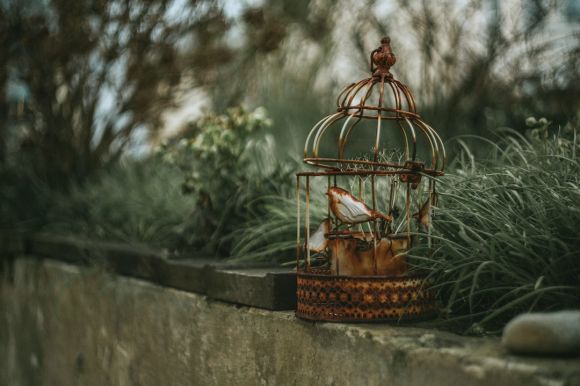When it comes to pet birds, one of the most important factors to consider is their living environment. Providing them with a suitable bird cage is crucial for their well-being and happiness. With so many options available in the market, it can be overwhelming to choose the best one for your feathered friends. In this article, we will explore the different types of bird cages and identify which ones provide the best home for your pet birds.
Size Matters: The Importance of Cage Dimensions
One of the first things to consider when selecting a bird cage is its size. Birds need enough space to move around, stretch their wings, and exercise. A cage that is too small can lead to boredom and stress, which can have negative impacts on their physical and mental health.
Ideally, the cage should be large enough for the bird to fully extend its wings without touching the sides. It should also have enough vertical space for them to climb and play. A spacious cage allows for the addition of toys, perches, and other accessories to keep your birds entertained.
Material and Construction: Durability and Safety
Bird cages are available in a variety of materials, including metal, wood, and acrylic. Each material has its own advantages and considerations.
Metal cages, such as those made of stainless steel or wrought iron, are popular choices due to their durability and ease of cleaning. They are also resistant to chewing, which is important for birds that have a habit of nibbling on their surroundings.
Wooden cages can provide a more natural and aesthetically pleasing environment for your birds. However, it is important to choose a cage made of bird-safe wood, as some types of wood can be toxic to birds. Regular maintenance, such as sealing and cleaning, is also necessary to prevent mold and mildew growth.
Acrylic cages offer the advantage of being lightweight and easy to clean. They are also visually appealing and allow for better visibility of your birds. However, they may not be as durable as metal or wooden cages and can scratch easily.
Bar Spacing and Security: Keeping Your Birds Safe
The spacing between the bars of the cage is another crucial factor to consider. It should be appropriate for the size of your birds, preventing them from getting their heads or bodies stuck. As a general guideline, the spacing should be small enough to prevent escape but large enough to allow for proper ventilation.
Additionally, the cage should have secure locks and latches to prevent accidental opening. Birds are known to be clever escape artists, and a secure cage is essential to keep them safe and prevent any potential accidents.
Accessibility and Cleaning: Convenience for You and Your Birds
A bird cage should be designed for easy accessibility and cleaning. Look for cages with large doors or removable panels that allow you to reach all areas of the cage without difficulty. This makes it easier to change food and water, clean the cage, and interact with your birds.
Consider cages with removable trays and grates for easy cleaning and maintenance. A cage that is difficult to clean can lead to the build-up of bacteria and waste, posing health risks to your birds.
Making the Right Choice for Your Pet Birds
Choosing the best bird cage for your pet birds is an important decision that can greatly impact their overall well-being. By considering factors such as size, material, bar spacing, security, and accessibility, you can provide them with a safe and comfortable home.
Remember to research and consult with experts to ensure that the cage you choose meets the specific needs of your birds. Providing them with a suitable and enriching environment will contribute to their happiness and longevity as beloved members of your family.




